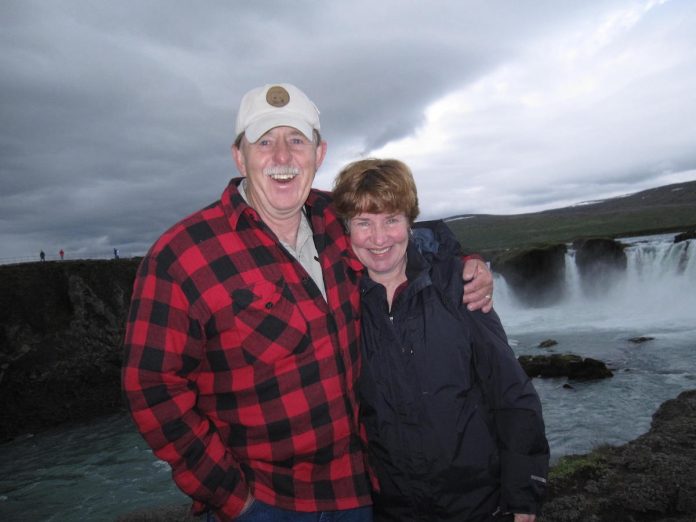
Susan Shultz is optimistic about the future of the small, but growing, American sheep industry.
Shultz, of DeGraff Ohio, was elected president of the American Sheep Industry Association during the annual convention Jan. 29. She’ll hold the position for two years.
“We just want to give back to the industry that’s been so good to us,” she said. Susan runs Bunker Hill Farm, in Logan County with her husband, Bill.
She’s the second person east of the Mississippi to head up the organization. The other was fellow Ohioan, Guy Flora, who was national president 18 years ago and a mentor to Shultz.
“It’s my deep honor to be able to be in the same position as Guy,” she said.
The Shultzes are third generation sheep producers. They raise Suffolk terminal sires that are used primarily in large Western production operations. Susan grew up on a commercial sheep farm and met her husband at Ohio State University.
They moved back to Bill’s family farm and continued the family business, albeit with a few adjustments over the years. Gone are the days when you just eyeballed a lamb to tell if it was worth anything genetically. They take weights, use ultrasound and send off data to be analyzed to continue improving their seed stock using estimated breeding values.
“We’ve gotten so involved in the genetics side of it,” she said. “I find that fascinating … We spend more time in our office with data than we do with our sheep.”
Legacy
Just like it’s in their blood to raise sheep, it’s also part of their genetics to be volunteer leaders, Shultz said.

Her father-in-law, Farrell, was the first president of the Ohio Sheep Improvement Association. Her husband, Bill, was president in 1979. Then she followed in their footsteps and led the state organization in 2009.
Their love of sheep is what brought them into the world of the state and national sheep groups, but the relationships they made with other producers has kept them.
“We just have had wonderful friendships that have spanned the country and over 40 years. You can’t put a value on that.”
Future
Looking ahead, the sheep industry is enjoying a renaissance of sorts. People are eating more lamb, according to U.S. Department of Agriculture data. From 2012 to 2017, the number of people raising sheep increased by 13,000, but sheep numbers stayed steady, according to USDA Census of Agriculture numbers.
“To me, that shouts education,” Shultz said, when speaking about what the group needs to focus on next. “Whatever we can do to help people with their management skills, to become more efficient.”
Other important legislative issues include access to pharmaceuticals, H-2A reform for farms that use the temporary immigrant workers as herders, predator management and research and education dollars.
Despite the growth, the sheep industry is still niche among the giants like poultry, pork, beef and dairy. Shultz said they spent a tremendous amount of time trying to get Coronavirus Food Assistance Program funding for their producers. They were successful, but it was a heavy lift.
The sheep industry in the U.S. might be small, but it’s incredibly diverse, Shultz said, with a wide range of breeds, markets and production systems. Diversity is a strength, she said.
(Reporter Rachel Wagoner can be contacted at 800-837-3419 or rachel@farmanddairy.com.)










